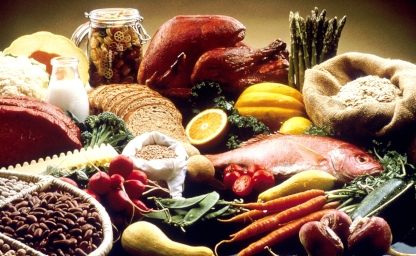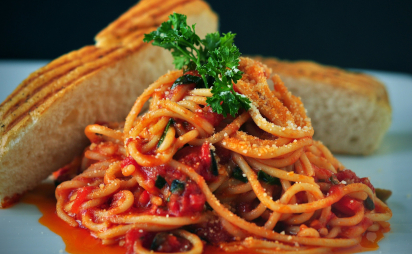
Colic is the name given to the sharp, intermittent abdominal pains in babies, usually the extreme end of normal crying behaviour in a baby between 3 weeks and 3 months of age. Several theories try explaining its causes. It appears to be caused by different aetiologies, but half of the cases result from Lactase Deficiency.
Signs & Symptoms
20-25% of babies suffer from colic which results in uncontrollable, extended crying in a baby who is otherwise healthy and well-fed. Every baby cries, but babies who cry for more than three hours a day, three to four days a week, may have colic.
When a baby has colic, the life of the family is turned upside down.
These are several signs of colic:
- colic can start within two to four weeks after birth and the child suffers from it for up to three months
- the baby cries loudly, often for two to three hours and can't be comforted
- the baby often cries at roughly the same time and usually once or twice a day
- the baby has bowel pains
- the baby pulls their feet up under their body and clenches their fists
- some babies' stomachs rumble severely and they produce a lot of wind
One must remember that colic might not be the only cause of your child's discomfort. If a baby cries loudly all the time and cannot be comforted, a doctor should always be consulted before the parent decides their baby has colic.
Causes
While there are many theories of what may cause baby colic, studies in the
'The Babies' Department of Paediatrics, Guy's Hospital, London, published in the Journal of Human Nutrition and Dietetics and another study reported on the British Journal of Community Nurses, have shown that nearly half the babies suffered colic due to lactase deficiency. Their symptoms had seized or significantly reduced upon treating milk with lactase enzyme.

In lactase deficiency, babies do not yet produce enough lactase enzymes to break down lactose, the sugar found in milk. Lactose remains unabsorbed and once it reaches the large intestines of the baby, bacteria that live naturally there make a feast out of it producing gases in return. Unfortunately this results in wind, cramps, and great discomfort to the baby and parents.
Eventually babies start producing increased amount of lactase and after some time baby colic disappears. However, to avoid this 3 month period of distress to the baby one can find the same lactase enzyme liquid as used in the research.
Lactase Enzyme Liquid
Commercially available lactase enzyme drops are available from pharmacies and health shops. This may change your life and the baby's life to a happier one. By adding a few
drops to the milk it transforms it to lactose free. If you are breastfeeding extract milk in a bottle, add the drops and leave overnight. Some mothers have also found that by adding a couple of drops onto the baby's
tongue just before breastfeeding was also helpful, but of course before doing so make sure you read the instructions or ask the pharmacist. The lactase drops themselves taste nice.




